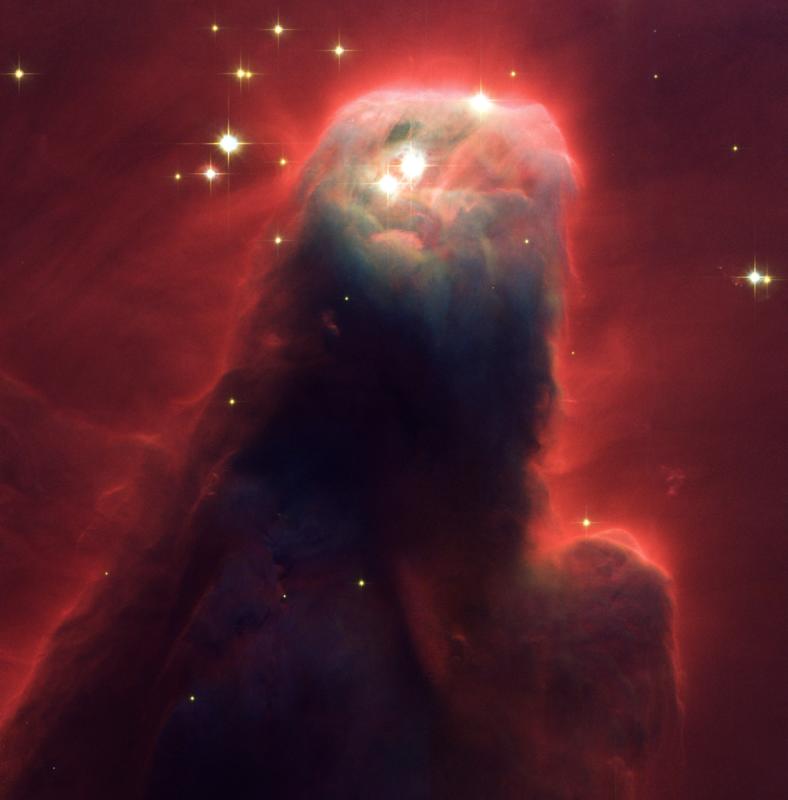Bigger, Brighter, and More Numerous
By BellatrixEdmond Halley first discovered the star Eta Carinae in 1677. At first it wasn’t that special, it was a magnitude 4 star located in the Carina constellation in the Southern Hemisphere. However, people started to take notice when it kept changing its brightness. First, getting dimmer but then brightening and it has continued to brighten for several hundred years. Nowadays it is known as the brightest star in our galaxy. It has a mass more than 100 times the mass of the sun and is more than three million times brighter. Eta Carinae was thought to be at the limit of how large and how luminous a star can be; well there’s a new star giving Eta Carinae a run for its money.
A star nicknamed the “Peony Nebula Star” may be the new reigning champ for the title of brightest star in the galaxy. It has so far been estimated at 3.7 million times as bright as the sun, or 3.7 million solar luminosities. However, the mass seems to beat Eta Carinae, weighing in at 150 to 200 solar masses. Now this isn’t a newly discovered star, we’ve known that this star existed for some time, but had no idea about its astounding qualities. Peony is buried deep in the galaxy center where it was obscured from our telescopic eyes by gas, dust, and other types of interstellar medium. It was only recently with the help of the NASA Spitzer space telescope that we were able to peer through all of that and see the true star that lied beyond it all.
Spitzer was able to accomplish this because it is an infrared telescope and because it is a space telescope. Peony’s optical light is absorbed in all the interstellar gas and dust so we are not able to see it well on earth, but we would be able to see it’s infrared light. However, Earth’s atmosphere absorbs a very large majority of infrared radiation that comes to us, thus ground based telescopes are not able to see the infrared light from Peony. Spitzer solves these problems by being both above the atmosphere and an infrared telescope.
People first thought that stars like Eta Carinae were rare. This is because of something called the Eddington Limit. The Eddington Limit is a theoretical limit on the size and luminosity of a star, saying that if a star is much larger than about 100 solar masses the outward pressure of the radiation literally blows the star apart. And we now know that Eta Carinae is actually blowing itself apart. But now we may have to question how rare these stars really are and what the size limit really might be. As Spitzer continues to probe the center of the galaxy, where more of these monsters are thought to be hiding, we may have to change what we thought we knew about these massive fireballs.
